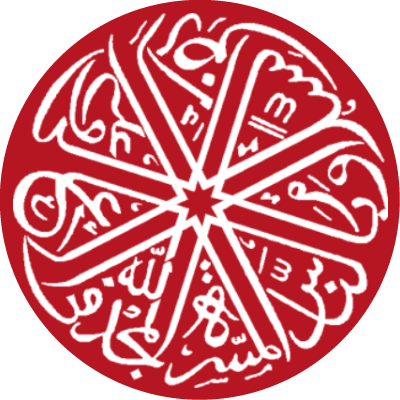Works by Rajeswara Sarma, Sreeramula, 1937‒ as author 7
An astrolabe by Muḥammad Muqīm of Lahore dated 1047 AH (1637-38 CE)
Astrolabe was the most important astronomical instrument in the medieval period. It became popular in the Indian subcontinent after the eleventh century. The production of astrolabes and celestial glo Astrolabe was the most important astronomical instrument in the medieval period. It became popular in the Indian subcontinent after the eleventh century. The production of astrolabes and celestial globes in the Indian subcontinent was dominated by Ustād Allāh Dād and his descendants in the second half of the sixteenth century and in the seventeenth century. Their astrolabes display a fine combination of geometrical precision, high level of metal craft and aesthetic beauty. Allāh Dād's descendants revolutionised the production of the celestial globes by casting them as single hollow spheres by the lost-wax process. About a hundred and twenty astrolabes and twentyfive globes made by this family are extant today in museums and private collections in India, Middle East, Europe and USA. In Pakistan, however, there are just two astrolabes made by Allāh Dād's grandson Muhammad Muqīm are available. One is housed in the Lahore Museum and the other is kept in the Islamabad Museum. Nevertheless, these two astrolabes constitute an important national heritage and deserve to be studied in detail. The present paper offers a full technical study of an elegant astrolabe made by Muhammad Muqīm in 1637, which is now preserved in the Islamabad Museum.
Editions 1
A monumental astrolabe made for Shāh Jahān and later reworked with Sanskrit legends
When the astrolabe was introduced in India around the eleventh century, it was received with great enthusiasm. While the Muslims continued the Middle Eastern tradition of the study and manufacture of When the astrolabe was introduced in India around the eleventh century, it was received with great enthusiasm. While the Muslims continued the Middle Eastern tradition of the study and manufacture of the astrolabe, the Hindus and Jains, who did not read Arabic, composed manuals on the astrolabe in Sanskrit, produced astrolabes with Sanskrit inscriptions, and also occasionally added Sanskrit legends to the Arabic/Persian astrolabes. A very large astrolabe, which is thoroughly reworked in this manner with Sanskrit legends, is the subject of this paper. During the process of reworking the name of the original maker of the astrolabe, the date of its manufacture, and other such details got effaced. But on the basis of the internal evidence, it will be argued that the astrolabe was originally produced between 1648 and 1658 by Ḍiyāʾ al-Dīn Muḥammad of Lahore for the Mughal Emperor Shāh Jahān. The study continues with a technical description of the components of the astrolabe, in which an attempt will be made to record all the original Arabic inscriptions and the subsequent engravings in Sanskrit.
Editions 1
Yantrarāja for Dāmodara : the earliest Extant Sanskrit astrolabe
Editions 1
Setting up the water clock for telling the time of marriage
Editions 1
